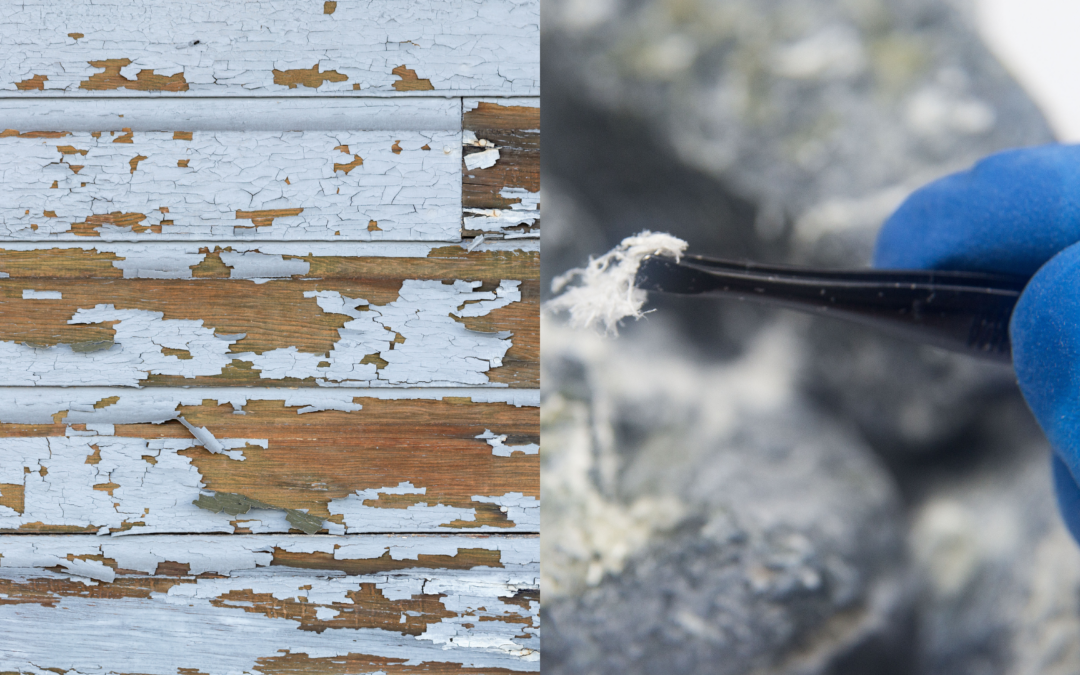Middle Tennessee is rich with historic charm. From downtown Nashville to smaller surrounding towns, it’s not uncommon to come across homes that are 50, 75, or even over 100 years old. These older properties can offer character and craftsmanship that’s hard to find in modern construction—but they can also come with some hidden hazards.
Two of the most common? Lead-based paint and asbestos.
Why Lead Paint and Asbestos Were Used
In the past, materials now considered dangerous were once seen as technological breakthroughs:
-
Lead paint was used widely because it dried quickly, resisted moisture, and created a durable, long-lasting finish.
-
Asbestos was considered a “miracle mineral” for its heat resistance, insulation properties, and ability to strengthen materials like plaster and cement.
Today, we know that both materials pose serious health risks—especially to children, pregnant women, and anyone exposed to them over time.
Are These Materials Still in Homes?
If a home was built before 1978 (when lead paint was officially banned), there’s a chance lead-based paint is still present under layers of newer paint. Similarly, asbestos may still be found in:
-
Old flooring (like vinyl tiles)
-
Insulation
-
Plaster and siding
-
HVAC duct coverings
Having these materials present doesn’t always mean there’s an immediate danger—but it does mean you need to proceed with caution.
What Can Be Done?
The EPA recognizes two safe and approved ways to deal with lead paint and asbestos:
1. Removal
This is the more expensive and comprehensive option. Licensed professionals set up containment zones, carefully remove the materials with minimal disturbance, and dispose of them according to strict environmental guidelines. Cleanup must be thorough to eliminate long-term health risks.
2. Encapsulation
When safe and appropriate, encapsulation is a less invasive option. This involves sealing the hazardous material with special paints, polymers, or coatings to prevent exposure. It’s often used when the material is in good condition and not in a high-traffic or living area.
Should You Be Worried?
Not necessarily—but you should be informed. If you’re buying or selling a home that’s more than 50 years old, schedule an inspection with a licensed home inspector or environmental professional. They can help determine whether these materials are present and advise on next steps if they are.
At DILIGENT, we know what to look for in historic and mid-century homes throughout Middle Tennessee. Whether you’re buying a fixer-upper or selling a well-loved family home, we’re here to give you and your clients confidence during the process.
Experience the DILIGENT Difference
With DILIGENT, you can understand the value of your potential home investment by skipping the guesswork and gathering deeper information about your new home with our detailed reports provided the same day as your inspection.


